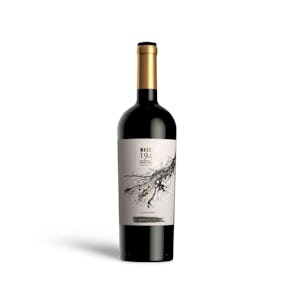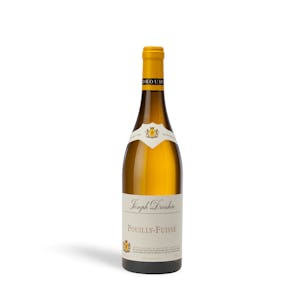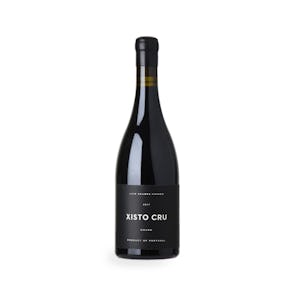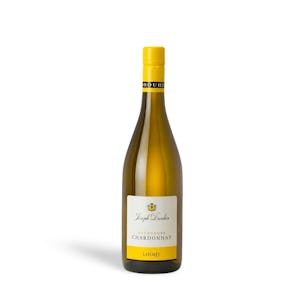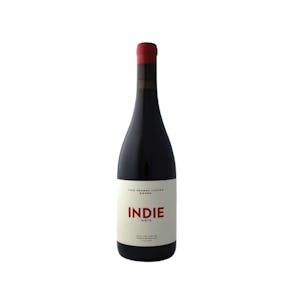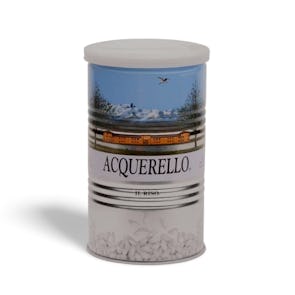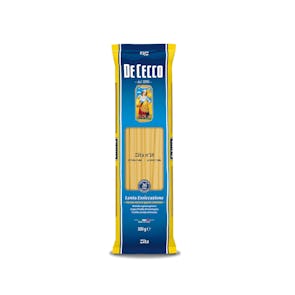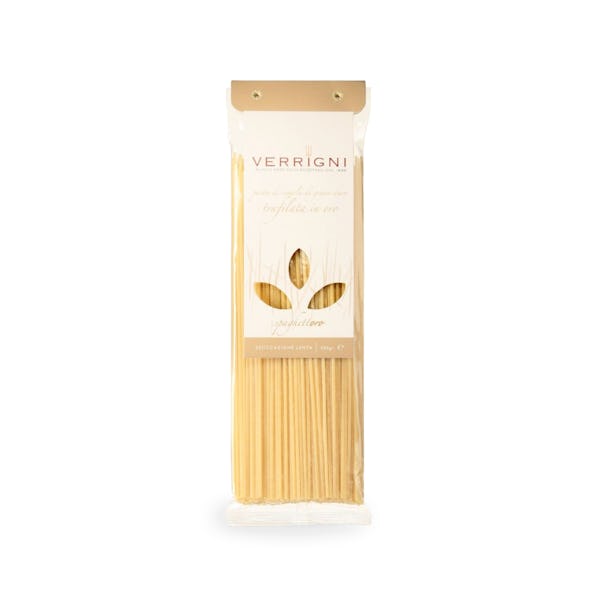
Tasting Notes from the Curator
This pasta has a very different consistency than those drawn by bronze die molds. Specifically, the gold-drawn pasta creates a distinct flavor and smell, and a look that is more intensely raw. When cooked, its absorption and swelling are rapid, and it provides a more slippery, smooth, more intense wheat taste and a more yellow color, a beautifully rich experience. At the end of the day, you are left with a spaghetti of just the right thickness, texture, and wheat flavor to include in your desired recipe.
Preparation
There are so many ways you can dine your spaghetti, whether as an Italian or Filipino pasta lover. You can combine your spaghetti with tomato sauce and various herbs beef, olive oil, grated hard cheeses, and vegetables. Alternatively, you can cook your lovely pasta with garlic and oil to enjoy a simple traditional Italian food.
If you are in the mood for some Filipino love, then serve your bowl of spaghetti with your favorite sweet tomato sauce. Add your grounded chicken, pork, or beef to the dish and sprinkle with your favorite cheese.
New Tools, Ancient Techniques
Imported from Abruzzo, Italy, Verrigni is the only gold-drawn pasta in the world. Many of the most celebrated chefs in Italy use and appreciate Verrigni because of its selection of the finest grains and its use of ancient techniques. This fairly new gold die produced pasta has attracted much attention in recent years. The use of the gold die creates more grooves and grain along the pasta edges that allows for the sauce to grasp onto the pasta and create a wonderful flavor.
Storage Instructions
Store dry, uncooked pasta in a cool, dry pantry for up to one year. Preserve freshness by storing dry pasta in an air-tight box or container. Store plain (no sauce or other ingredients) cooked pasta in a container or plastic sealable bag in the refrigerator for up to five days and up to three months in the freezer.



